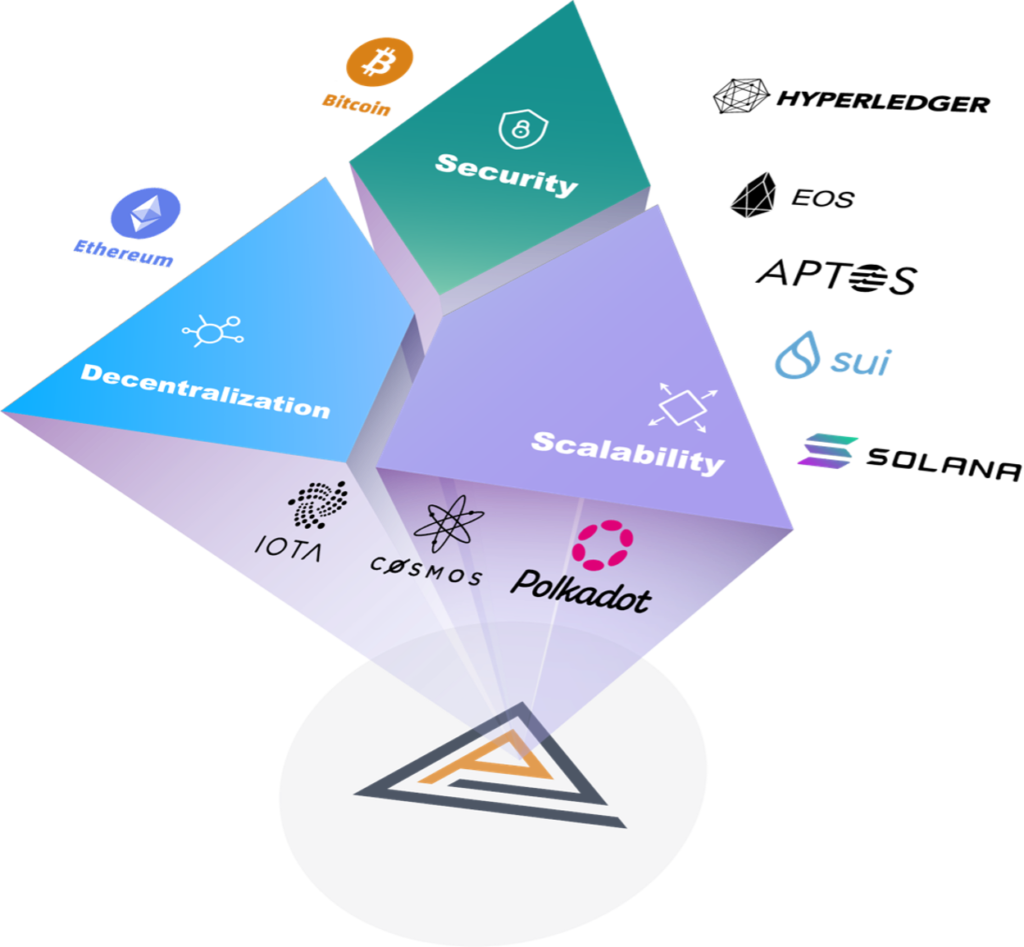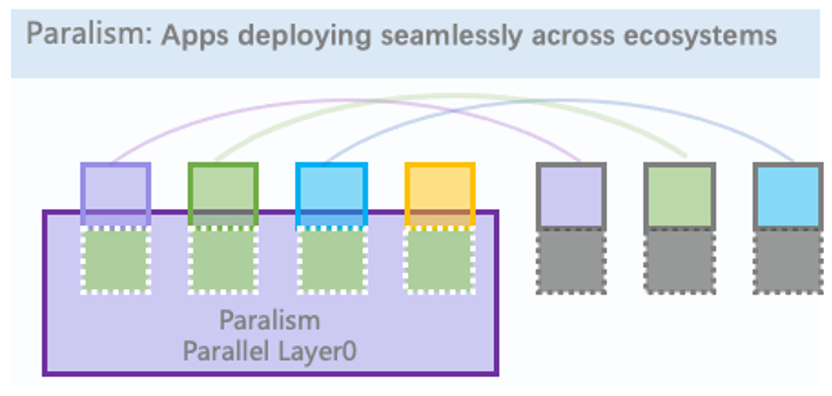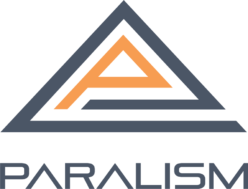Trillion-Dollar Market Focused by the Market and Capital
By over a decade development, Bitcoin has started from zero to a peak of more than $70,000, and led to the creation of over 22,000 cryptocurrencies (CoinMarketCap, January 1, 2023) with a total market capitalization exceeding 2 trillion dollars. The underlying technology of Bitcoin, blockchain, has received widespread attention. And a large number of developers have been attracted to contribute to the associated technologies as data structures, smart contracts, virtual machines, and consensus mechanisms and algorithms. At the meantime, various industries such as finance, supply chain, intellectual property rights, social media, and artificial intelligence are also seeking integration with blockchain technology. Large banks and tech giants are actively deploying blockchain solutions and services in their industries. DeFi (Decentralized Finance), metaverse, and Web3.0, which are all built on blockchains, have entered the public, triggering waves of capital and market frenzy.
Current Architectures Fail to Meet Technical and Application Needs
However, the current situation reveals that the fundamental issues of performance and scalability for the practical implementation of blockchain have not been resolved technologically. In terms of practical applications, due to the constraints of blockchain technology itself and the selection and design of typical use cases, there have been no large-scale commercial blockchain applications or breakthrough blockchain industry solutions. And in the field of cryptocurrency, the lack of strong correlation between most cryptocurrencies and real-world assets has resulted in unstable transaction demands, leading to significant market bubbles and poor sustainability.

Currently, most public chains are based on a serial architecture and cannot achieve scalability. As the number of on-chain assets and transactions increases, on-chain congestion becomes more severe. In response, Layer2 solutions have emerged, but the centralized nature of off-chain processing deviates from the original intention of blockchain and it also compromises security. Additionally, it still fails to solve the problem of ecosystem isolation between different public chains which is also a significant problem we face with,that makes it difficult for assets to circulate securely, efficiently, and in a decentralized manner between different chains. Subsequently, projects like Polkadot proposed solutions to connect various parachains and parathreads through a relay chain. However, in the relay chain architecture, centralization becomes much worse than serial chain, and the problem of ecosystem separation is not completely resolved. There are still data black boxes that cannot be verified between different parachains.
Ecosystem Isolation and Deployment Costs are also Significant
Whether it’s serial chains, Layer2, or relay chain solutions, ecosystem isolation is a serious issue. Assets and users cannot interact between ecosystems, leading to liquidity isolation and restricted user bases. Cross-chain bridges and centralized trading platforms have not fundamentally resolved this issue. Let alone the security of cross-chain bridges and the trust crisis of centralized exchanges are still significant risks. By now, none of the existing solutions have achieved a satisfactory balance of security, decentralization, and scalability for the developers and participants in the industry.

Moreover, based on the current blockchain architecture, developers face significant time and financial costs to deploy new chains, and also the cost for transactions. This hinders the further development of the entire ecosystem.
Paralism: An Omni-Chain Based on Parallel Architecture
Based on the aforementioned background and facts, Paralism attempts to overcome these industry bottlenecks technologically by utilizing revolutionary blockchain technologies. It has successively achieved dynamic sharding, cross-chain operations, custom subchains and its consensus, completely solving the issues of performance scalability, and interchain interaction that cannot be resolved in classical blockchains. Based on high-performance parallel blockchain technology, combined with template tools such as custom scripts, Appchains, virtual chains and advanced smart contracts etc., Paralism expands the use cases for projects, empowers various scenarios and industries, supports the transformation of Web 2.0 enterprises into Web 3.0, and enables blockchain technology to truly serve the real economy; At the same time, it offers a zero-code chain deployment feature, allowing various types of digital assets to be deployed on the chain; Moreover, the Buddy consensus is compatible with multiple protocols, which will associate on-chain value with off-chain assets. So, all the projects and applications in Paralism ecosystem can share users and asset liquidity, creating a Web 3.0 infrastructure with wider application, less energy consumption and costs, and most important, protocol-agnostic, finally helping all industry participants move towards a truly value-independent and value-interconnected Web 3.0 era.


